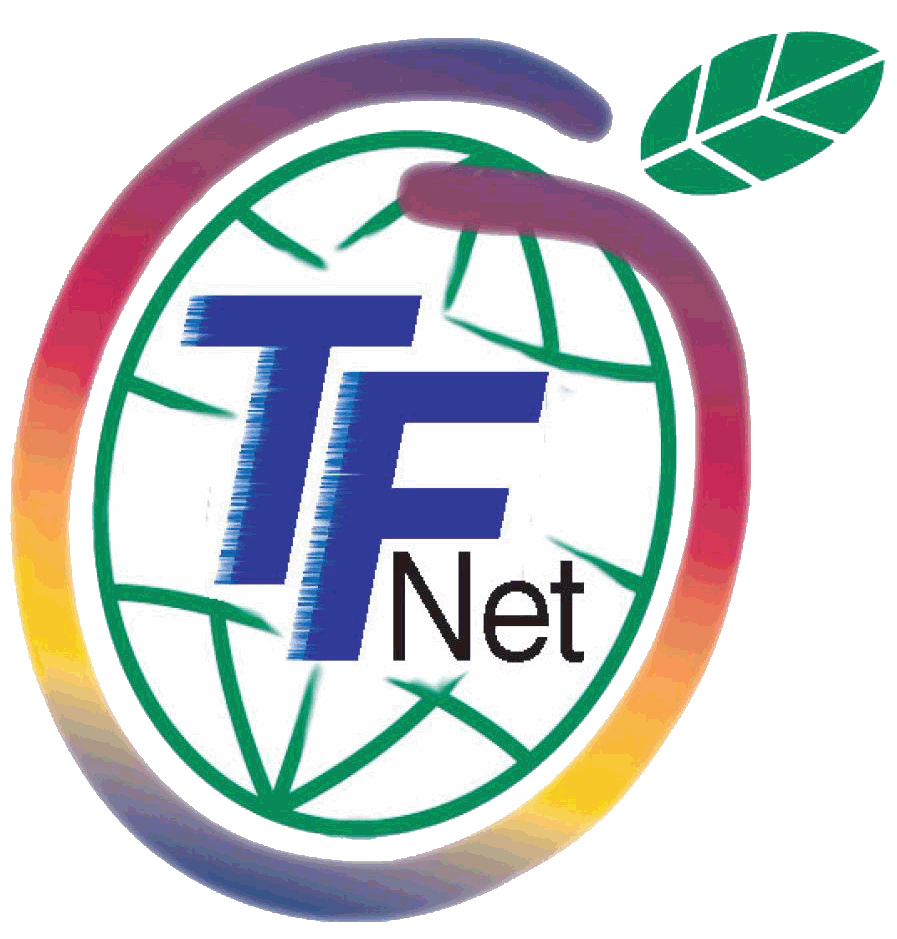by Tom McBrien, The Michigan Reporter
The banana: a favorite fruit, a preferred source of potassium and the source of a molecule that could fight some of the world’s deadliest viruses.
Scientists have known for years that a protein inside bananas called banana lectin, or BanLec, has powerful antiviral properties. The only problem: BanLec also overstimulates the immune system, resulting in harmful side effects that make it useless as a medicine.
However, an international team of researchers, led by Internal Medicine Prof. David Markovitz, recently announced that it was able to engineer a special version of BanLec called H84T that has the virus-fighting abilities of normal BanLec without the harmful side effects.
Though Markovitz’s team is focusing on the anti-influenza properties of the modified BanLec protein, they also found preliminary results suggesting it could be used to treat HIV, hepatitis C, Ebola and other viruses.
“One scenario we’d love to see but are — again — far from, is that it works against other important respiratory viruses like MERS and SARS,” Markovitz said. “So one could imagine someone ill with a viral pneumonia coming in and you don’t know what’s causing it, but you could treat them with the modified BanLec before you know what the diagnosis is.”
BanLec, like all of the lectin class of proteins, is a special molecule that binds to sugars on the surface of cells. Because sugars are a very diverse class of molecules, cells cover themselves in different sugars to send various messages to other cells. When proteins like BanLec bind to those sugars, they are able to alter which messages get sent and received.
“Sugars offer a very sophisticated way to regulate biology because they’re so complicated and they can be put together in many different forms,” Markovitz said. “For example, you can have multiple mannoses interacting with other sugars. They can be on certain proteins covering certain structures of the protein and not other structures.”
In BanLec’s case, binding to mannoses — sugar molecules that bind to other molecules — on the outside of viruses blocks those viruses from binding to human cells. As a result, they lose the ability to invade human cells and will die out instead of establishing an infection.
Unfortunately, BanLec can also bind to multiple mannose-containing structures on the outside of special immune cells called T-cells. When a T-cell binds to something in multiple places, it causes inflammation, leading to swelling and pain. Usually, this reaction is a healthy part of the immune system. But when it results from BanLec’s attachment to the mannose structures on T-cells, it can cause a dangerous reaction akin to a system-wide allergic response.
The research team studying BanLec, which included 26 scientists from around the world, used a host of techniques to discover whether or not they could tweak BanLec to remove these side effects.
“We like to approach these questions by taking advantage of a wide range of expertise,” Markovitz said. “One of the nice things about this work is that it employed many different modalities. We had virology, glycobiology, molecular biology, immunology, animal models, dynamic modeling, NMR and crystallography. A lot of these are very specific techniques, so no one would know how to do all of these on their own.”
Using these techniques, the researchers discovered that a single structural change in BanLec removed the dangerous side effects. They shifted a structure that had previously shared a special chemical bond with another structure. This bond separated two sugar-binding sites, meaning they could both attach to a T-cell separately, stimulating inflammation. By moving one of these structures, the bond disappears and the two binding sites act more like one. The structures then lose the ability to activate T-cells.
Markovitz said there’s a long way to go before H84T will be available as a drug. The team still has to figure out how to make H84T in large, chemically pure quantities, hire private companies to perform full toxicology reports and see if the protein is as powerful if given 24, 48 or 72 hours after infection instead of the four hours used for the first study. After that, clinical trials on humans can begin.
As the researchers continue to study and refine H84T, they are also focusing on how best to bring it to market.
“This is part of why academia is fun,” Markovitz said. “You get to do all sorts of different things, and one of them can be trying to make something come to market. So that’s what we hope. But we’ve got a long way to go before getting to human treatment.”
As part of this commercialization effort, Markovitz’s team is working with the University’s Office of Tech Transfer to brainstorm how best to bring H84T to market, assuming it continues to show promise.
The researchers’ article appeared in the journal Cell on October 22.
Markovitz said he hopes this research inspires more scientists to research other modified sugar-binding proteins.
“What we hope is that this will embolden other groups who are totally unrelated to us to take a look at lectins and see whether they could modify them in a targeted manner to treat other diseases that we wouldn’t do because there are only so many hours in a day,” Markovitz said. “Another thing is that it opens up the whole idea — and I don’t want to overstate our contribution because people had thought about using lectins as antivirals long before we got in the field — but I think this is another indication that more specific therapy against the sugars on viruses might be effective.”
Source: The Michigan Daily
